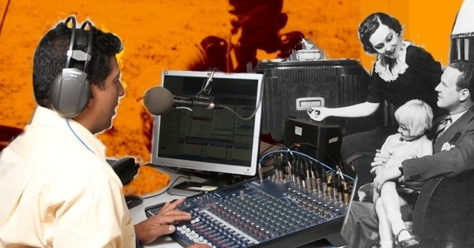
Cassette tapes played a pivotal role in democratizing music consumption, empowering independent creation and distribution–especially in genres like punk and rap. Their portability and low cost made them powerful tools for circulating ideas and challenging dominant cultural narratives. Though the music industry feared their potential for piracy, cassettes did more than any previous technology to globalize music access. In the Global South, where major labels maintained near-monopolies, cassettes enabled the spread of music that held little commercial appeal for corporate interests, fostering the emergence of new genres in the process.

Cassettes played a vital role in the global ascent of genres like hip hop, punk, and extreme metal, emerging as the preferred medium for lo-fi and experimental artists. Their raw sound quality and DIY accessibility made them indispensable to underground scenes, allowing musicians to bypass industry gatekeepers and connect directly with listeners across borders. This cultural significance was captured in the inaugural 2019 issue of El sótano: Memorias punk Medallo, a fanzine documenting the punk movement in Medellín, Colombia during the 1980s and 1990s. The issue features vivid recollections from musicians and fans, reflecting on the cassette tapes (casetes) that preserved their sound and spirit.
According to the zine, in Medellín, casetes were the loyal companions of punk’s rebellious roar, echoing through the dark, decaying streets where the movement thrived. Slipped into pockets or tucked inside worn jackets, each tape bore a personal imprint–amplifying the raw realities of life on the margins. In this landscape of resistance, punk forged its own inventive forms of defiance. The cassette, more than a plastic medium, became a vessel of sonic rebellion, flooding the streets with noise, and confronting the very society that sought to silence it.

Today, casetes endure as potent memory devices–resonant artifacts of scenes that thrived on the cassette’s portability and resilience. As Patricia Arenas, a Medellin punk musician recalled, “Cassettes were everything to punk–they were the gateway to discovering bands and the soundtrack that traveled from one neighborhood to another. Back then, we recorded our own tapes and shared them with others. It was a simple act, but it carried a kind of mysticism: having a cassette and a pen to label it, to mark it with our own touch, and to know exactly what we were listening to.”
Ana Loaiza, another musician from Medellín, recalls the deep personal connection she formed with cassette tapes, each one carrying its own memory. “When I started getting into music, I lived and breathed to get cassettes,” she says. “They’re part of every rocker’s history in Medellín–we used to steal them from our parents.” Loaiza still treasures her collection, many of which remain in pristine condition. Protective of her tapes, she rarely lent them out. For her, it was a ritual: carefully labeling each cassette, writing out lyrics by hand, and using special pens reserved just for that purpose. These tapes weren’t just music–they were artifacts of identity, rebellion, and belonging.
This according to El sótano: Memorias punk Medallo. Find it in the RILM Archive of Popular Music Magazines.
Related posts in Bibliolore:





